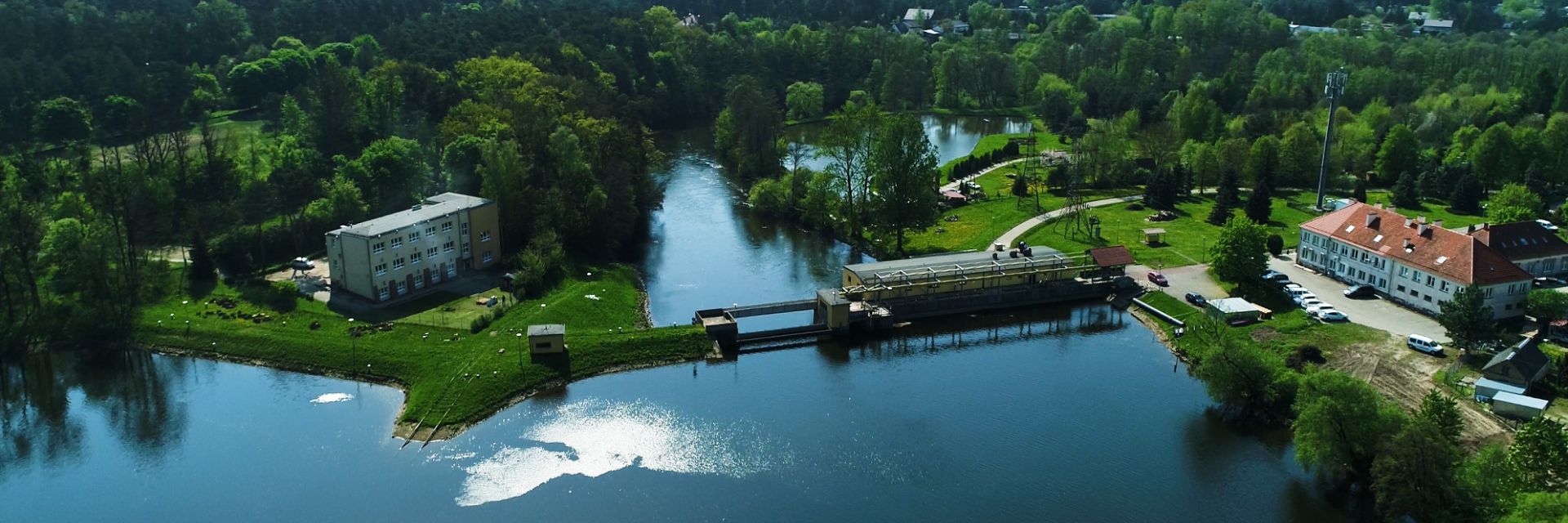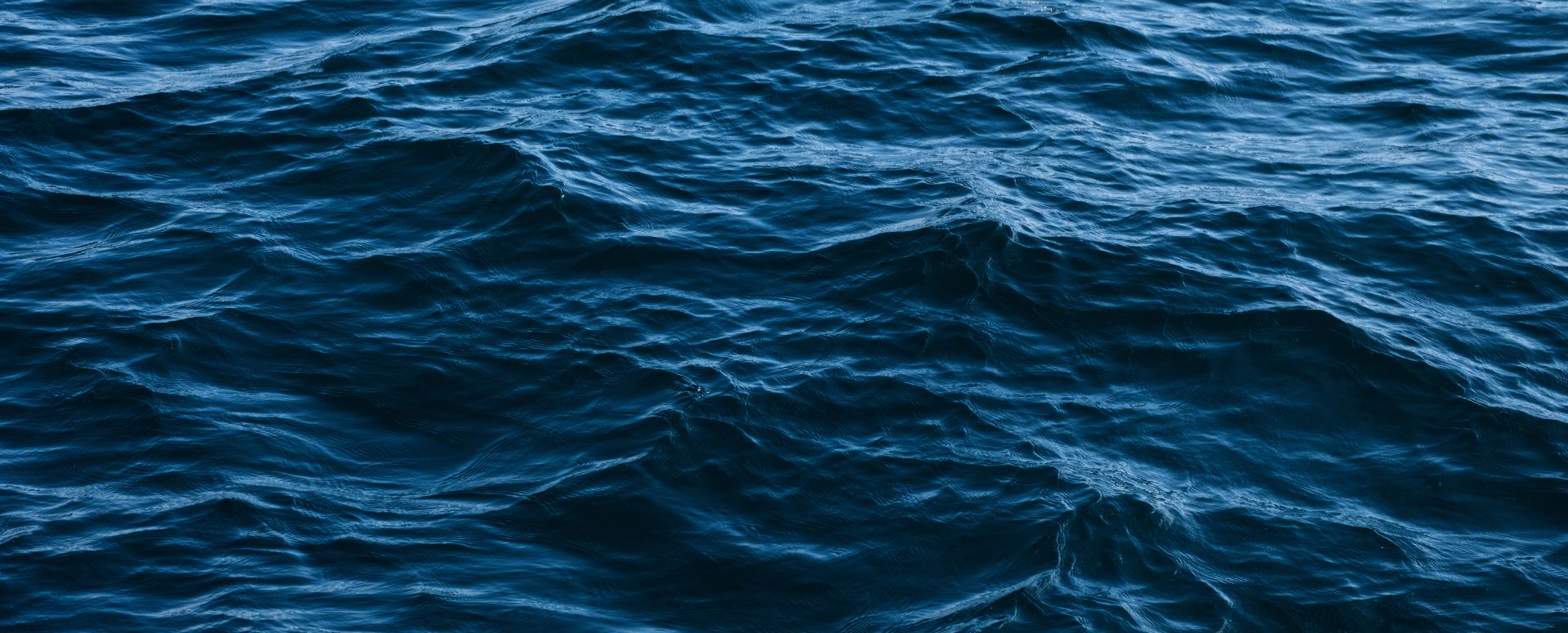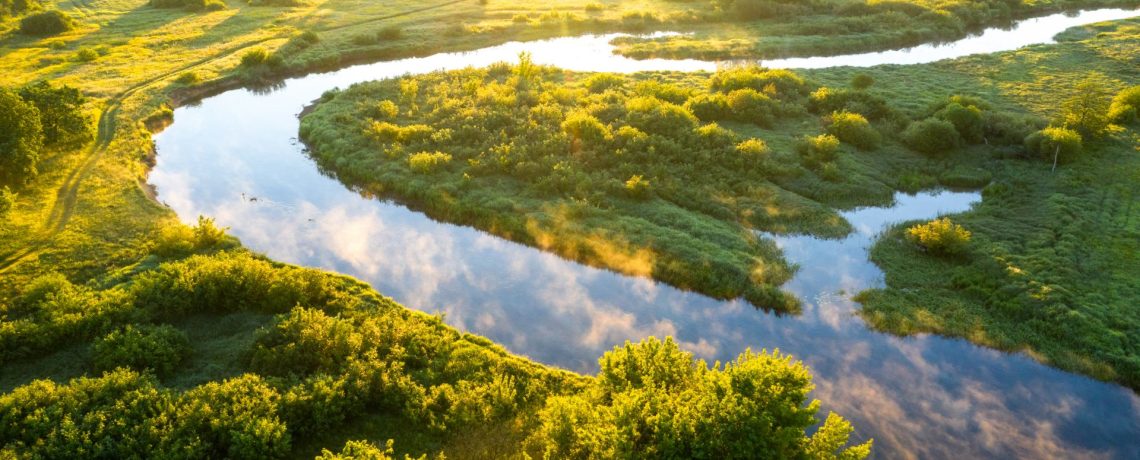ESRS E3 Water and marine resources

Material topic: Water use
E3-1 – Policies related to water and marine resources
The consumption of water resources in Enea Group companies is related, without limitation, to the mining of hard coal, which requires significant amounts of water for technological processes, including machine cooling, dust suppression and coal washing, and to the cooling systems in the Kozienice and Połaniec power plants. The newest power unit in Kozienice operates in a closed cooling circuit. The other units in both power plants work in an open cooling system. The power and heat plants in Białystok, Piła and Oborniki are cooled in closed circuits using water or glycol.

The Group’s ‘21 hydroelectric power plants also interfere with the aquatic environment by interrupting the morphological continuity (mainly for diadromous fish) with dams. Enea Nowa Energia is preparing to implement the provisions of the Water Framework Directive – EU Directive 2000/60/EC and Water Management Plans II aPGW. Enea Nowa Energia is currently developing alternative analyses for restoring morphological continuity for the company’s damming stages. Pertinent measures will be taken in accordance with the requirements of the said documents by the end of 2027.
Moreover, the industrial processes carried out by the Group’s suppliers – such as raw material extraction, production of electrical machinery and equipment, and coal mining – require large amounts of water. The Group does not have sufficient information about its suppliers to ascertain whether their facilities are located in areas with significant water deficits or how many of them use solutions to minimize water consumption.
In 2024, the Enea Group did not have policies in place related to water and marine resources. The Enea Group’s Climate Policy discusses these issues in general, pointing to the physical risks arising from a changing climate, such as increased intensity of storms that may cause flooding, intensification of evaporation processes, rising sea levels and coastal flooding. To date, the Group has not identified the need to adopt a separate policy regarding water and marine resources, as the water-related activities of Group companies are carried out in strict compliance with internal regulations and applicable laws, including the obtained water permits and environmental decisions. These permits directly govern activities that may affect the aquatic environment and the use of water resources in accordance with applicable regulations, in particular the Water Law and EU Framework Directive 2000/60/EC. The Group intends to develop and adopt policies on the management of natural resources, biodiversity, occupational health and safety, and health by the end of 2025.
- LW Bogdanka S.A. – the company’s units are located in areas highly vulnerable to drought (category III). LW Bogdanka S.A. applies the Integrated Management System Policy, aimed at minimizing its negative impact on the environment.
- Enea Wytwarzanie – the company operates in an area at high risk of drought and intends to take action within 3 years leading to the adoption of an appropriate policy in this area.
- Enea Nowa Energia operates in the Wielkopolskie, Kujawsko-Pomorskie, Lubuskie, Mazowieckie and Zachodniopomorskie voivodships, where there are water shortages. The company has not adopted water consumption policies, because its hydroelectric power plants use water to generate electricity in a reversible manner that does not cause pollution or depletion of water resources.
The Enea Group has not adopted any policies or practices related to marine resources, because, to date, the Group has not conducted any activities affecting marine or ocean resources. Such activities are planned for the future.
E3-2 – Actions and resources related to water and marine resources
The measures taken in 2024 by Enea Group companies to avoid or limit the use of water and marine resources and to recover and reuse water include:
continuous environmental monitoring of water quality and quantity, continuous supervision and regular inspections of facilities involved in water and wastewater management processes, and – if necessary – upgrades of specific installations, such as pumping systems; deployment of a closed-loop management system by using pit water for the purposes of the Mechanical Coal Processing Plant and the Water Treatment Plant, which treats water for technological purposes. Approximately 35% of pit water is reused. The company has invested in the construction of a pumping station at the Żelazny open-pit mine.
utilization of wastewater and other water for technological processes, including making up for losses in the hydro-ash removal circuit with boiler room wastewater and from the water treatment plant to the steam-water circuit. The company also recycles wastewater from individual water treatment units for the water pre-treatment and filter rinsing process.
in the cooling water intake system, flexible operating systems are used that are adapted to the flow conditions of the Vistula River and prevent excessive water withdrawal. The company also reuses some of the cooling water in its flue gas desulfurization plant and transfers this water to the Osiek Sulfur Mine.
use of closed water circuit technology – water used to cool technological equipment is reused for cooling purposes. The water supplementing the heating units also works in a closed circuit.
Enea Group companies carry out the following activities that enable the restoration and regeneration of the water ecosystem and water bodies:
- hydrotechnical works, construction of water reservoirs, maintenance of drainage ditches, land reclamation (LW Bogdanka S.A.),
- periodic restocking of the Vistula with fish and purification of the water taken (Enea Elektrownia Połaniec). To clean the Vistula of pollution, fine screens and rotary screens are used to catch larger mechanical impurities from the river current. The waste generated in this manner is handed over to authorized external entities for disposal. In Q2 2024 alone, as much as 25.88 tons of waste was collected in this way.
- Conducting two tenders to select contractors for variant analyses of restoring morphological continuity for river stages where there are no fish ladders (the Brda and Martwa Brda rivers) and variant analyses (the Gwa and Wda rivers), preparing tender documents for monitoring the effectiveness of existing fish migration facilities to verify the proper functioning of these facilities (Enea Nowa Energia).
In terms of activities pertaining to areas exposed to water-related risks, including areas with significant water deficits, some Enea Group companies have implemented the following measures:
- Enea Elektrownia Połaniec
- dedicated flood protection systems, as described in the Flood Protection Instructions,
- in the event of low water levels in the Vistula, the Power Plant has a flexible damming threshold, enabling stabilization of the river level within the water intake area,
- During periods of low water levels in the Vistula, Enea Elektrownia Połaniec may also operate using a mixed cycle, which recirculates part of the cooling water stream for reuse in the cooling system. This reduces the intake of surface water from the river.
- Enea Wytwarzanie has taken adaptation measures, and work has begun on the demolition of a temporary barrier damming up the Vistula and the construction of a beaker weir.
In the reporting period, the Enea Group did not incur any operating expenses (OpEx) or capital expenditures (CapEx) in relation to areas exposed to water-related risks that exceeded the financial materiality threshold adopted by the Group (PLN 50 million).
Most of the measures were carried out within the confines of our own operations. The measures taken in areas exposed to water-related risks also affected the downstream value chain, as they result in increased security of energy supply for the Group’s customers during periods of drought. All measures were carried out in Poland. The activities concerning the design, construction, operation, maintenance and demolition of weirs affect stakeholders, which in this case include civil society and NGOs.
In the reporting period, the Enea Group did not incur any considerable operating expenses (OpEx) or capital expenditures (CapEx) on measures in the area of water and marine resources. In this context, “considerable” should be construed as expenses or expenditures above PLN 50 million.

E3-3 – Targets related to water and marine resources
The Enea Group has not adopted targets regarding water and marine resources. To date, the Group has not identified a justification for adopting such objectives.
In connection with the outcomes of the Double Materiality Analysis, the Enea Group intends to adopt targets in the area of water and marine resources in its new ESG Strategy. The effectiveness of the Group’s activities in the water area is monitored at the level of specific companies carrying them out. This monitoring is ensured, for instance, by conducting continuous environmental monitoring of water quality and quantity, and constant supervision and regular inspections of facilities involved in water and wastewater management processes.
E3-4 – Water consumption
Information on water consumption is based on invoices for water purchases and data from measuring devices for water withdrawal from deep or surface water intakes. 99.98% of the data on the amount of stored water are derived from water permits for the storage of water in water reservoirs issued for hydroelectric power plants (maximum amount of water that may be stored). The water quality in these reservoirs is not monitored. Information on water volumes was obtained from measuring instruments such as electromagnetic flow meters, flow sensors, ultrasonic flow meters, etc. In most cases, these devices were legally certified. More than 99.66% of the data provided have been obtained from measurements. For the remaining data, some of the data have been estimated. The measurement of this metric has not been validated by an external body other than the assurance provider. Revenue and other income from the financial statements for 2024 (that is, PLN 32,974,581 thousand) has been used to calculate water consumption.